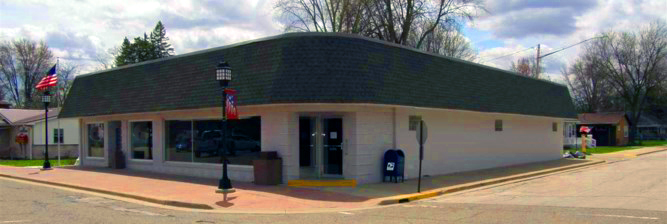Find us on Social Media
Follow our Facebook page for free woodworking goodness! - Stumpy Nubs Woodworking Journal is a multi-media publication designed for weekend woodworkers of all skill levels. Each issue contains a selection of articles and videos about woodworking techniques (hand and power tools), jigs and shop improvements, unique projects, skill building tutorials, tool reviews and quick tips.









